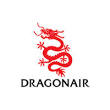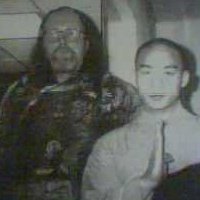
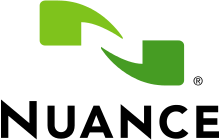
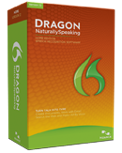
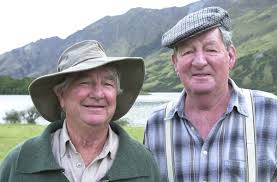
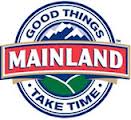
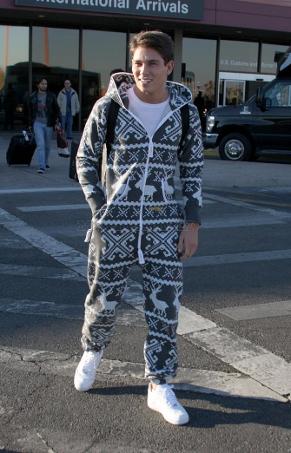
AI is arguably so advanced now, that potentially at least, every one of the over 600 million computers connected to the internet in Europe has the ability to chat live on web sites such as this one. Page 4
Optical character recognition, usually abbreviated to OCR, is the mechanical or electronic conversion of scanned or photographed images of typewritten or printed text into machine-encoded/computer-readable text. It is widely used as a form of data entry from some sort of original paper data source, whether passport documents, invoices, bank statement, receipts, business card, mail, or any number of printed records. It is a common method of digitizing printed texts so that they can be electronically edited, searched, stored more compactly, displayed on-line, and used in machine processes such as machine translation, text-to-speech, key data extraction and text mining.
OCR is a field of research in pattern recognition, artificial intelligence and computer vision.
In 1978, Kurzweil Computer Products began selling a commercial version of the optical character recognition computer program. LexisNexis was one of the first customers, and bought the program to upload paper legal and news documents onto its nascent online databases. Two years later, Kurzweil sold his company to Xerox, which had an interest in further commercializing paper-to-computer text conversion. Xerox eventually spun it off as Scansoft, which merged with Nuance Communications.[citation needed]

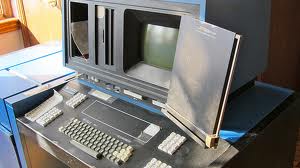
Compugraphic Corporation was an American producer of typesetting systems and phototypesetting equipment, based, at the time of the Agfa merger, in Wilmington, Massachusetts, just a few miles from where it was founded. This company is not to be confused with Compugraphics,[1] a British company founded 1967 in Aldershot, UK that specializes in the production of photomasks used in the production of integrated circuits.
In the late 1960s, Compugraphic introduced the 7200 and 2900 photocomposition machines. Prepared by a computer, a tape would be fed into a phototypesetter, which would imprint type from a strip of film onto Kodak-made Ektamatic (light-sensitive) paper, which would then be used for paste up.
In the trading quarter to September 30, 1987, Compugraphic reported revenue of some $92 million [3] In 1988, the company was acquired by the European image processing company, Agfa-Gevaert.
In 1990, printer and computing system manufacturer Hewlett-Packard adopted Intellifont scaling as part of its PCL 5 printer control protocol.
Crime and Punishment Journal
This is where I depart slightly from the recorded history of the industry. At Evergreen I worked with a man called Ben Wolf, who had obtained the use of a prototype OCR machine which was one of two in the country, owned by Boeing. While most of the copy for the CPJ (Cooper Point Journal), the Evergreen State College Student Newspaper, http://www.cooperpointjournal.com/ was prepared on a compugraphic typesetting machine, the OCR machine would scan pages typed on an ordinary IBM Selectric typewriter, which had a special typing ball with an extra character, a "triangle" which the computer recognised as a paragraph character. This enabled any typist to prepare copy for the machine. At that time I was editing The Programme Guide, a magazine for KAOS, the College Radio station. The machine produced a 6 level punched paper tape which was then taken to the local newspaper, the Olympian, or "Daily Zero", who had a computer which could read the tape and turn it into an image on light sensitive paper which we would use for paste-up in the traditional way.

On September 28, 2009, Xerox announced the intended acquisition of Affiliated Computer Services for $6.4 billion. The deal closed on February 8, 2010.
Researchers at Xerox and its Palo Alto Research Center invented several important elements of personal computing, such as the desktop metaphor GUI, the computer mouse[5] and desktop computing.[6] These features were frowned upon by the then board of directors, who ordered the Xerox engineers to share them with Apple technicians. The features were taken on by Apple and, later, Microsoft. Partly thanks to these features, these two firms would then go on to duopolize the personal computing world.[7]
Xerox holds a Royal Warrant from Queen Elizabeth II and the Prince of Wales.[8]
Archie McCardell was named president of the company in 1971.[14] During his tenure, Xerox introduced the Xerox 6500, its first color copier.[15] During McCardell's reign at Xerox, the company announced record revenues, earnings and profits in 1973, 1974, and 1975.[16]
Following these years of record profits, in 1975 Xerox resolved an anti-trust suit with the United States Federal Trade Commission (FTC), which at the time was under the direction of Frederic M. Scherer. The Xerox consent decree resulted in the forced licensing of the company's entire patent portfolio, mainly to Japanese competitors. Within four years of the consent decree, Xerox's share of the U.S. copier market dropped from nearly 100% to less than 14%.
In 1979 Xerox purchased Western Union as the basis for its proposed Xerox Telecommunications Network (XTEN) for local-loop communications. However, after three years the company decided the idea was a mistake and sold its assets to MCI at a loss.[18]
Prior to 2001, ScanSoft focused primarily on desktop imaging software such as TextBridge [2], PaperPort and OmniPage. Beginning with the December 2001 acquisition of Lernout & Hauspie, the company moved into the speech recognition business and began to compete with Nuance.
ScanSoft acquisitions prior to the merger
March 2000 — Caere Corp., of Los Gatos, California — $145 million. Caere had developed OmniPage (scanner and OCR software.)December 2001 — Lernout & Hauspie, of Ieper, Belgium, Speech and Language division — $39.5 million
This acquisition occurred following Lernout & Hauspie's bankruptcy proceedings. Previously, Lernout & Hauspie had acquired these speech technology companies: BBS, Berkeley Speech Technologies (1996), Centigram Communications Corporation, Dragon Systems (2000), FDC, and Kurzweil Applied Intelligence (1998).
Dragon Systems
Dr. James Baker laid out the description of a speech understanding system called DRAGON in 1975.[6] Then in 1982 he and Dr. Janet Baker, his wife, founded Dragon Systems to release products centered around their voice recognition prototype;[7] he was President of the company and she was CEO.
Nuance Communications is an American multinational computer software technology corporation, headquartered in Burlington, Massachusetts, United States, that provides speech and imaging applications. Current business products focus on server & embedded speech recognition, telephone call steering systems, automated telephone directory services, medical transcription software & systems, optical character recognition software, and desktop imaging software. The company also maintains a small division which does software and system development for military and government agencies. In October 2011, unconfirmed research suggested that its servers power Apple's iPhone 4S Siri voice recognition application.[3]
Website:www.nuance.com
Lernout & Hauspie was founded in 1987 by Jo Lernout and Pol Hauspie. After a difficult start, it quickly grew, and, in 1995, it went public on the NASDAQ (LHSP), and was also quoted on the now-defunct Brussels-based EASDAQ exchange. Its headquarters were in Ieper, Belgium, and in Burlington, Massachusetts, USA. At its peak, Lernout & Hauspie had a market capitalization of almost US$10 billion.
Flanders played an important role in investing in the company and the surrounding Flanders Language Valley. Lernout & Hauspie quickly became Flanders' pride.
It acquired a number of its smaller competitors, including text-to-speech developer Berkeley Speech Technologies, in 1996. During March–April 2000, Lernout & Hauspie acquired Dictaphone for nearly US$1 billion, then acquired Dragon Systems shortly thereafter. Lernout & Hauspie provided the voice-recognition technology needed to propel Dictaphone's voice recognition enhanced transcription system (started by a company called Articulate Systems, and sold and supported by a company called The MRC Group—later Fonix before becoming part of L&H).[1]


